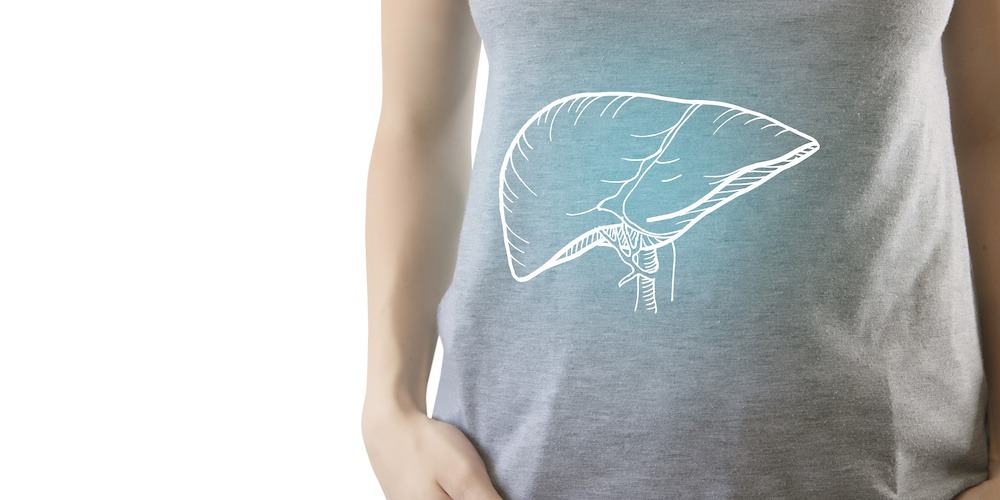The liver is the internal organ the heaviest and bulkiest in the human body after the intestine. It acts directly on each of the nutrients from our diet.
One could compare its action to that of a true factory: production, storage, and waste sorting are all tasks it carries out.
Indeed, its main functions are the following: it metabolizes sugars, the brain’s fuel. It also metabolizes fats for our energy needs. It stores vitamins and minerals.
Finally, its best-known action: it filters waste. Whether endogenous (such as residues from intestinal fermentation in cases of poor digestion), or exogenous (heavy metals, alcohol, pesticides from our food).
Many foods can help support liver function: here is our top 20. And to learn everything about the liver and its functions, see after the list.
Read also | The best dietary supplements for the liver according to a pharmacist
1. Black radish
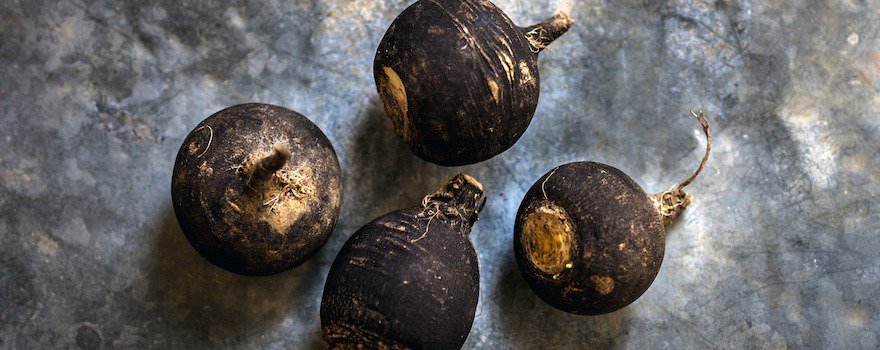
Black radish is an herbaceous plant believed to originate from Asia Minor. It has choleretic properties by promoting bile secretion and cholagogue properties by promoting its flow into the duodenum.
Recipe ideas: Add a pronounced spicy touch to your salads by adding black radish. With a fromage blanc sauce for a milder taste or with sesame seeds and a rice vinegar dressing for an Asian version. As pure or diluted juice.
Organic detox supplement for the liver: my selection
I recommend the organic complex from the brand Nutrimea, which contains black radish, artichoke, and turmeric.
Nutrimea is a French brand launched in 2012. We recommend them for their reliability: they use raw materials of controlled origin and analyze the quality of their dietary supplements in a laboratory certified ISO 22000:2005.
Their products are cheaper than many other brands on the Internet, and their packaging is fully recyclable.
To receive 10% off, use the promo code ” DARWIN10 “ when placing your order (by using this code you also help support our blog).
❤ I like : The combination of 3 natural active ingredients known for their effectiveness, the excellent value for money and the laboratory certifications.
★ Customer reviews : 4.5/5
☞ Quantity : 90 capsules / 1 month supply
✔ Discount code -10% : DARWIN10
2. Artichoke
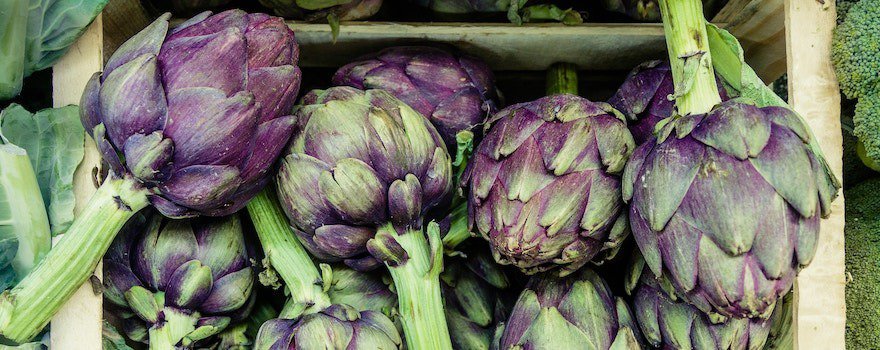
A garden plant, the artichoke belongs to the thistle family. Cynarin, a biochemical compound it contains, gives it a choleretic function, meaning that it acts on bile secretion and promotes digestion.
Recipe ideas: it’s the leaves on the stem that contain the most active compounds; they can be consumed as an infusion, for example before meals by steeping a teaspoon of dried leaves in a cup of water and then straining — the bitterness will be noticeable!
3. Milk thistle
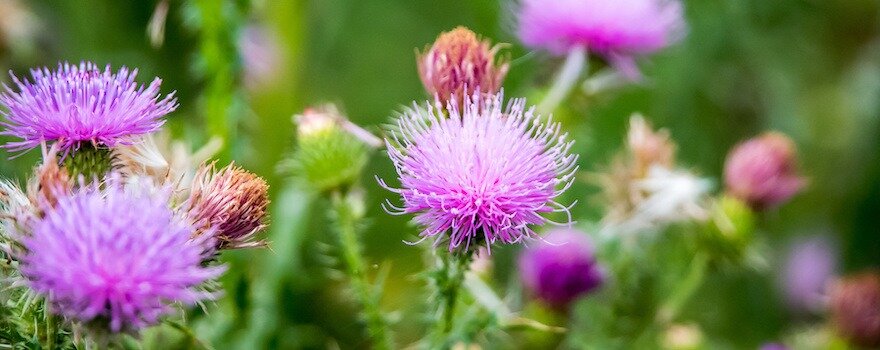
Milk thistle, commonly called wild artichoke, is a pretty plant that grows in southern Europe. It is particularly known for its hepatoprotective properties provided by silymarin, its active ingredient. It is the ripe dried fruits that are used.
Recipe ideas : it can be consumed as a decoction by bringing 200 ml of water and 3 grams of milk thistle to a boil and letting the mixture simmer for 10 minutes. Strain it and preferably drink it before meals. Milk thistle can also be consumed in oil form. Prefer the one obtained by first cold pressing, and mix it into marinades or carpaccios. Roasted and ground into powder, the seeds can also be incorporated into doughs for bread.
4. Garlic

At the heart of the Mediterranean diet, this bulb is used to treat many ailments. It contains active principles, allicin and quercetin as well as selenium which would stimulate the liver in its work of cleansing the blood.
Recipe ideas : eaten raw as a condiment, it can be added to salads. To make it more digestible, remove its germ and press it. You can also let it soak for about an hour in cold water to mellow its sharp taste. Aioli will go very well with your fish, seafood and steamed vegetables. To give a kick to our toasts, you can rub them with raw garlic before topping them with avocado, for example, and a yogurt sauce. Finally, if you prefer cooked garlic, you can garnish your roasts with cloves of garlic in their skins.
5. Turmeric
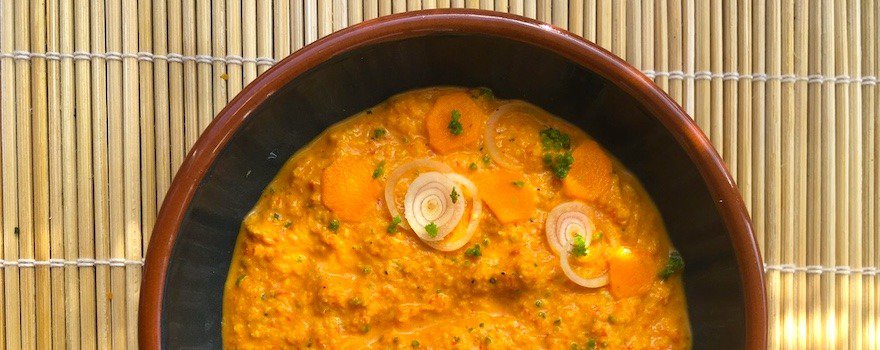
Cette épice orangée est un aliment détoxifiant et protecteur pour le foie. Le curcuma est en effet riche en curcumine, pigment antioxydant qui lui donne sa couleur jaune. Ce dernier stimule les fonctions biliaires et aide le foie à se débarrasser de ses toxines.
Recipe ideas : consumed preferably fresh, it can be eaten in a dish (with sautéed vegetables, pasta, in soup and in salad for example) or drunk as an infusion with lemon. Blend it with mild chili to obtain a colorful and delicious chili paste!
6. Avocado
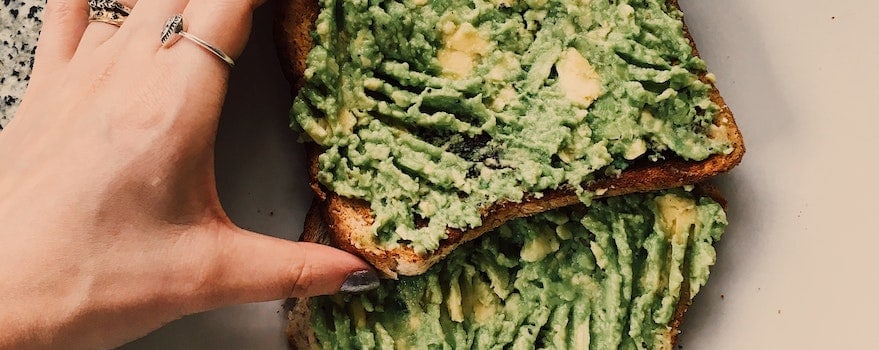
Avocado, an excellent source of antioxidants and beneficial natural fatty acids, may help support liver function.
Recipe ideas : it can be consumed as guacamole, in salad with shrimp or salmon, as avocado toast.
7. Nettle
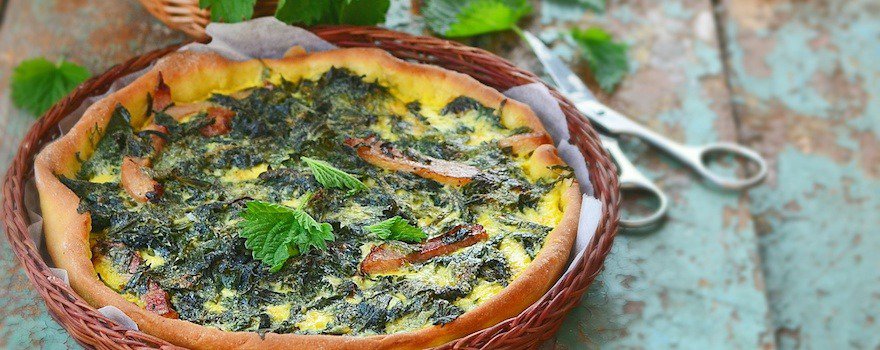
Touch it and you’ll get stung! Despite its stinging properties, nettle is packed with nutritional benefits. It contains numerous active compounds, trace elements and minerals such as potassium, calcium, iron and a high concentration of vitamins (B group, vitamin C and E in particular). It may stimulate bile secretions.
Recipe ideas: as a decoction, nettle is also eaten cooked like spinach. If you pick it yourself, don’t forget gloves! For cooking, we recommend rinsing it thoroughly. You can prepare it in a quiche, pair it with potatoes and spices like coriander to accompany meat, and why not try it as a pesto?
8. Matcha

Powdered green tea originating from Japan, matcha is rich in catechin, a flavonoid with an antioxidant role that contributes to the proper functioning of the liver, protects it and helps eliminate toxins.
Recipe ideas: The pure powder diluted in hot water or plant-based milk makes a delicious matcha latte. Matcha also works very well in desserts and pastries!
9. Beet
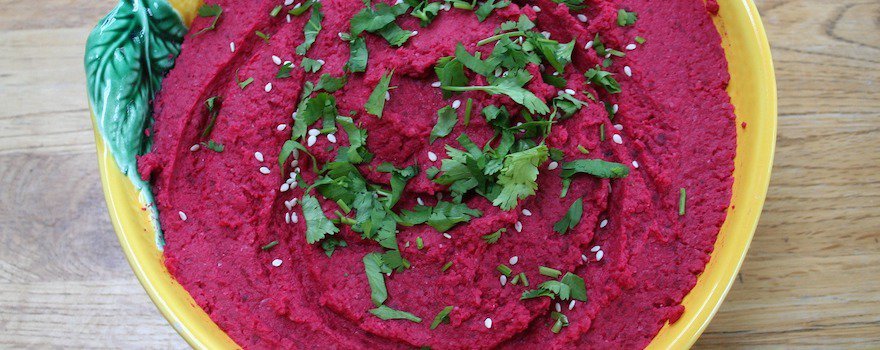
Beetroot is a vegetable that contains many antioxidants. It contains betanin, a pigment that gives it its characteristic color and would have hepatoprotective and choleretic properties.
Recipe ideas: raw, it is eaten in salad with a Granny Smith apple for example, in gazpacho, in dip with fresh cheese or mixed with chickpea hummus for example. Cooked, it can be made into a soup.
10. Astragalus
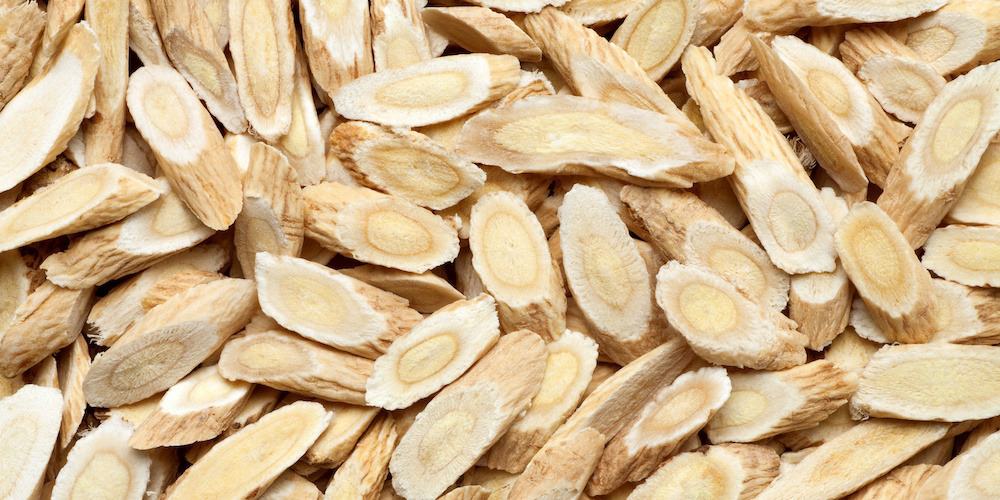
A plant native to China, it plays a protective role and improves liver function. Its flavonoid content allows astragalus to protect the liver and kidneys by limiting damage caused by alcohol, tobacco, medications and chemicals. Even better: it regenerates damaged tissues.
Recipe ideas: in powder form it is used diluted in a glass of water, a fruit juice or a smoothie. In cooking, it can be added to a broth or a chicken soup, ginseng and astragalus roots, for example.
11. Goji berries

Goji berries are a quintessential detox food because they help eliminate toxins more easily, which lightens the liver’s workload and helps protect it.
Recipe ideas: as dried fruits, it’s the most convenient way to consume them, either plain, as you would enjoy dried fruit, or in savory or sweet recipes. They are also consumed as juice.
12. Carrots

The carrot comes from a wild European species cultivated in ancient times. It contains numerous vitamins including provitamin A, vitamin C and B-group vitamins as well as minerals such as potassium and iron. These elements are thought to contribute to the proper functioning of the liver.
Recipe ideas: preferably eaten raw, it can be grated and seasoned with parsley, chopped garlic and a lemon vinaigrette. It can also be consumed as juice in combination with lemon and orange, the famous ACE cocktail. When the carrots are cooked they can be prepared Vichy-style! For that you’ll need eight carrots, 50 g of butter, 1 teaspoon of sugar, salt, pepper and flat-leaf parsley.
13. Spinach
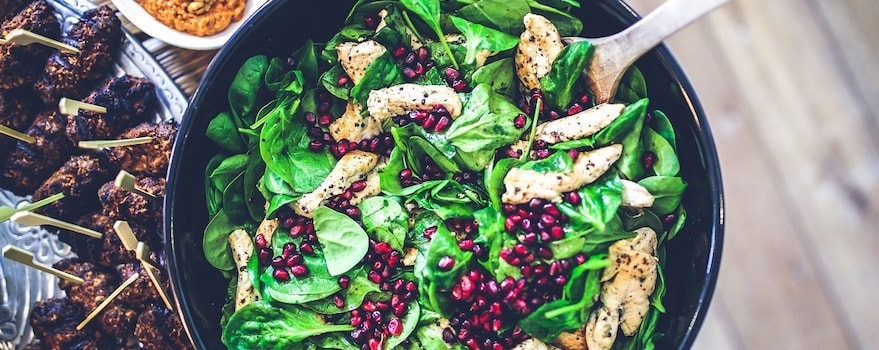
Garden vegetable native to Southwest Asia, its leaves are a concentrate of minerals and trace elements such as potassium, calcium, sodium, magnesium and vitamins including A, C, E, K. They also contain antioxidants such as lutein or zeaxanthin. Consumption of spinach would stimulate the activity of hepatocytes.
Recipe ideas: to best preserve the nutritional richness of this plant, favor gentle steaming. You can also prepare them as a soup with an onion and a touch of yogurt, delicious for winter. In quiche, in salad or in smoothie with spinach, almond milk and honey, the possibilities are many!
14. Blackcurrant

Its berries are rich in antioxidants and in vitamin C. It notably contains anthocyanins (pigments present on its skin) which may have protective properties and stimulate liver function.
Recipe ideas: you can sprinkle raw berries over your smoothie bowls, adding, for example, nuts such as almonds or walnuts. As juice, jams, jelly or coulis to pair with fromage blanc or a plant-based yogurt, for example.
15. Spirulina
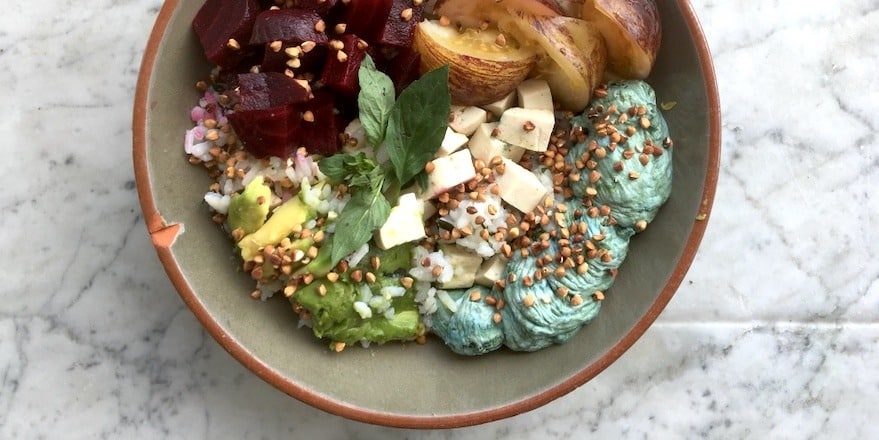
This cyanobacterium, not to be confused with an alga, is a powerful detoxifier, notably thanks to the chlorophyll it contains, which helps support liver function.
Recipe ideas : in powder form, you can mix it into a drink, green tea or apple juice, which soften its taste. It’s also added to smoothies and sweet or savory recipes. In flakes, simply sprinkle some on your salads, eggs, or a purée to enjoy its slight iodine flavor, its beautiful color and its crunch.
Buy organic spirulina: my selection
I recommend the organic spirulina from the Nutri&Co laboratory. It is AB organic certified and traced back to its cultivation farm.
I particularly recommend this spirulina because the quality/price ratio is very attractive (4 cents per tablet, below the market average). It contains 17% phycocyanin and is guaranteed R.A.W.™ (dried and cold-compressed).
Nutri&Co is an expert brand (see their blog in particular). And by cutting out intermediaries, they can offer high-quality products at an affordable price.
Use the promo code DARWINGIFT at checkout to get a free product.

❤ I like : The excellent value for money, the organic certification and the low-temperature drying.
★ Customer reviews (Ekomi): 4.9/5
☞ Quantity: 500 tablets / 3 months’ supply
✔ Our review: Nutri&Co
16. Strawberry

This summer fruit is very rich in vitamin C and antioxidants, it also contains salicylic acid which may act favorably on the proper functioning of the liver.
Recipe ideas: preferably eaten raw and in season, for example in a salad, you can dress it with a little lemon juice and fresh mint leaves. Delicious in pastries, on a skewer with bananas and kiwis, paired with avocado and fresh cheese for a sweet-and-savory version.
17. Guarana

A plant native to Brazil, it is very high in caffeine. Guarana contains four times as much as coffee! And it may help protect the liver.
Recipe ideas: the powder is easy to incorporate into our daily diet. Diluted in water, in a juice, or mixed into a yogurt or a smoothie.
18. Celery
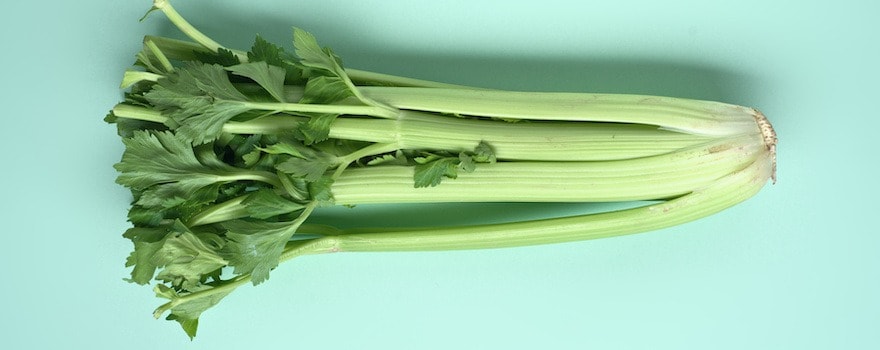
Celery is an herbaceous plant that is believed to have hepatoprotective properties. Its leaves notably contain calcium, iron, and vitamin C.
Recipe ideas: celery can be consumed as a juice, for example with a Granny Smith apple. But also in soup or in your cooked dishes.
19. Chicory
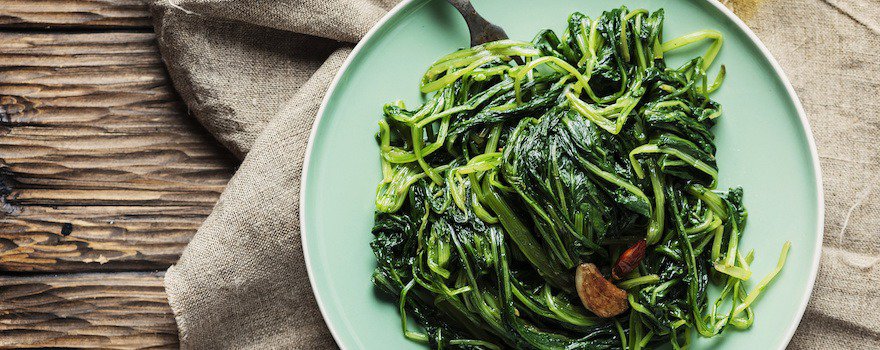
Wild chicory is a plant whose roots are sometimes roasted and consumed as a coffee substitute. When consumed in reasonable amounts, it is said to have decongestant effects on the liver.
Recipe ideas : in salad mixed with milder sprouts, this will reduce its bitterness. Or as a decoction : bring about 50 g of fresh roots and leaves to a boil in ½ liter of water and pour the drink into cups like coffee.
20. Aloe vera

Succulent plant that contains 99% water when consumed, aloe vera helps to hydrate the body. This action affects the liver by supporting liver function through the facilitated elimination of toxins and impurities.
Recipe ideas : incorporate its juice into your smoothies and gazpachos. You can consume it in pieces in salads, or use it as a thickener in your purees and sauces.
What is the liver?
The liver weighs on average 1.3 kg in women and 1.6 kg in men and its size is comparable to that of a rugby ball! It is located on the right side of our body, in the upper part of the abdomen, under the diaphragm, to the right of the stomach.
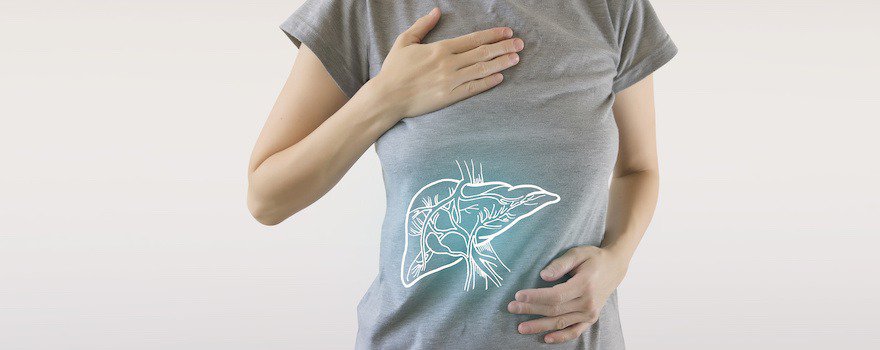
The liver is made up of four lobes divided into segments (eight in total). Each segment is made up of millions of lobules (structural units of the liver) that contain specific cells: hepatocytes.
It is notable for being doubly supplied with blood: by blood coming from the intestines, rich in nutrients, via the portal vein, and by blood coming from the heart, rich in oxygen, which enters via the hepatic artery.
Our liver has a surprising ability: in case of disease or injury, it can regain its original size by regenerating!

What are the main functions of the liver?
The food we consume must provide energy to our body. It is the nutrients (proteins, carbohydrates, fats, vitamins and minerals) that will constitute the raw materials for its construction, repair, and maintenance.
The liver acts directly on each of these nutrients. One could compare the functions of each hepatocyte (liver cell) to those of a real factory: manufacturing, storage, and waste sorting are among the tasks carried out by these cells!
It metabolizes sugars, the brain’s fuel
The liver contributes to maintaining blood glucose (the level of glucose in the blood) by storing part of the glucose absorbed from the intestine as glycogen and converting it back into glucose when energy is needed.
It metabolizes fats for our energy needs
The liver produces bile which is stored in the gallbladder before being released into the initial segment of the small intestine (the duodenum) to promote the absorption of dietary fats.
It can synthesize lipids from an excess of carbohydrates, which it will then release into the blood according to the body’s energy needs.
The liver is the site of synthesis of lipoproteins, assemblies of lipids and proteins such as VLDL (very low-density lipoprotein). They enable the transport of cholesterol and triglycerides throughout the body.

It metabolizes proteins, the “building blocks” of our cells
Proteins are the structural elements of our muscle, skin, and blood cells. They are chains of amino acids that we ingest through our diet and that are broken down by the liver. This process produces a waste product, ammonia, which is then converted into urea by the liver and excreted by the kidneys.
The liver is also the site of production of essential proteins such as albumin, which plays a key role in regulating blood volume. It also produces ferritin, which is involved in storing iron in the blood.
It stores vitamins and minerals
The liver can store fat-soluble vitamins (A, D, E and K) as well as vitamin B12, iron and copper, and then release them according to the body’s needs. Thus, this organ holds the majority of the body’s vitamin B12 stores, about 2 to 5 mg.
The liver, a true filter
The liver also filters endogenous waste (toxins originating directly from our metabolism) such as ammonia resulting from the digestion of proteins we mentioned earlier, or residues from intestinal fermentation in cases of poor digestion.
It also cleans the blood of exogenous waste from residues of heavy metals, pesticides, or alcohol in our diet.
It plays a role in drug metabolism by allowing the elimination of certain medicinal substances taken orally. Rendered non-toxic, these wastes will then be eliminated via feces and urine.

We can therefore understand that the liver can perform the function of detoxification on its own, but it can be overstimulated by an excess of endogenous or exogenous waste products. This can then cause hepatic congestion.
After the year-end holidays, articles and offers touting the benefits of a liver detox have proliferated. But more than an annual quick cleanse, an appropriate diet could help sustain liver function over the long term.
Precaution: people with liver disorders should follow their doctor’s recommendations as a priority.


